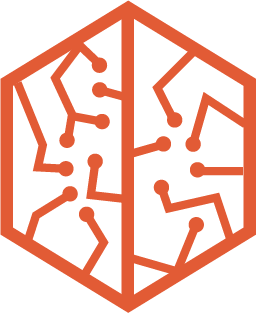I have reached a point where I have decided to take a certain direction with the form and interaction, although details will still need to be tested and improved with prototypes going forth. Below you can see my initial sketches of what I imagined the most important user interactions to be like. For a more detailed description, scroll down for a task analysis.
At first I imagined the rotation of the device to give you feedback regarding your form, and the light to give you feedback regarding your timing. However, since the wearable would give you real-time feedback regarding form, I decided it would be more useful to use the rotation of the device as an indication of your overall progress. This way, I am able to slightly gamify the experience as well as letting the user know how well they have performed and if they have that day moved closer or further away from their goal. The goal of each day is to have the device switch off it's light.
Below you can see a quick look and feel prototype. Things I need to consider for the future is how the lighting can play a more integral part in the piece, and how some real-time movement can be added for the user to create a more intimate bond with the object. I aim to further my designs this upcoming week. Central questions I am asking myself at the moment are:
- Which size is the most gratifying?
- Which graphic display is the most gratifying and has the best mapping?
- Would sound help to amplify the experience and physical progress?
- Would color of light help to amplify the experience and physical progress?
Task Analysis: Physical (numbered in bold) and cognitive (listed below each step):
Pre-purchase
1. User is recommended to use product by physical therapist due to a certain condition.
- User questions the efficiency of the device and asks for customer reviews.
- User questions the price point of the product and evaluates the cost benefit of the product.
- User questions if the product meets accessibility requirements according to their needs.
- User questions where to place the device in their home.
- User is excited to use the product as they believe it could help them stay on track and get better quicker, and the product appears fun to use due to the aesthetic usability effect.
2. User decides to purchase the product, and user and physical therapist together come up with a rehabilitation plan and calibrate the device.
- Exercises are tested with the wearable.
- User is skeptical towards the product due to unfamiliarity with technology.
- User does not have a smartphone.
- User does not want to learn how to interact with the product.
3. User gets to customize device according to set parameters.
- User is excited to choose color and graphical elements.
- User gets to decide how the device reacts in certain set circumstances.
4. User takes product home.
- User gets the device delivered to their home, but is not happy about the additional cost.
- User takes product home with the help of a friend.
- User takes product home themselves, but finds it to be difficult to carry.
Chronological tasks
5. User sets alarm through app.
- User is able to set a wake up schedule for their week.
- User does not want to set a wake-up time.
6. User wakes up by gradual light.
- User is reminded of their injury, surgery or physical condition.
7. User puts on wearable for the day.
- User does not think it matches their outfit.
- User forgets to put device on.
Non-chronological tasks
8. User pushes button on wearable to activate tracking and performs their routine with visual and haptic feedback.
- User is confused by the feedback system.
- User is nicely guided by the feedback system.
9. User is able to get a sense of the status of their overall recovery plan and performance by glancing at the device.
- The device’s rotation and light intensity is a successful indicator of the user’s physical status in relation to their recovery plan.
10. User is reminded to perform their exercises by their caretaker, housemate or partner.
- User receives text message or phone call.
- User receives verbal and/or physical reminder.
11. User is reminded to perform their exercises by the device or wearable.
- Device moves when user is near as an indication of exercises needed to be performed.
- Wearable gives haptic feedback to remind user to perform exercises.
12. User gets positive encouragement by their caretaker, housemate or partner.
- User receives text message or phone call.
- User receives verbal and/or physical reminder.
13. User gets positive encouragement by the device.
- Device moves as an indication of exercises performed well.
14. User gets negative feedback by the device.
- Device moves as an indication of exercises performed poorly.
16. User forgets to perform the exercises at the end of the day and is reminded by the device through light.
- User is encouraged and gratified that the device reminded them of this, and performs their routine on the spot.
- User is tired and wishes that the device had reminded them earlier, so user ignores prompt and falls asleep with the light on.
- User is irritated and disappointed, and so does not perform the exercises and either moves the device or falls asleep elsewhere.



